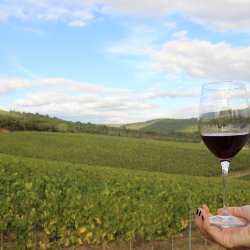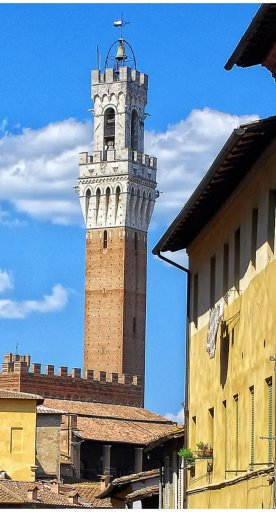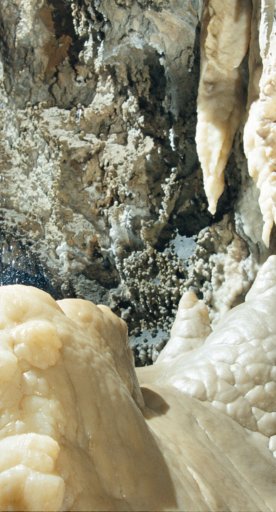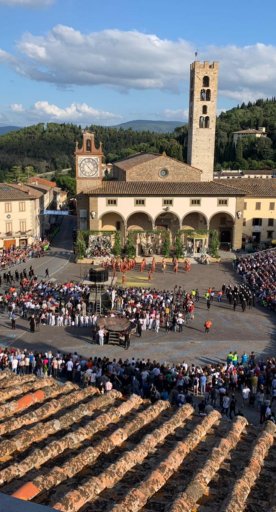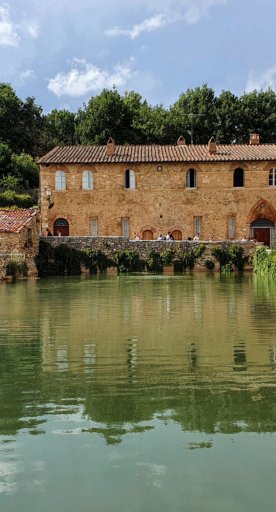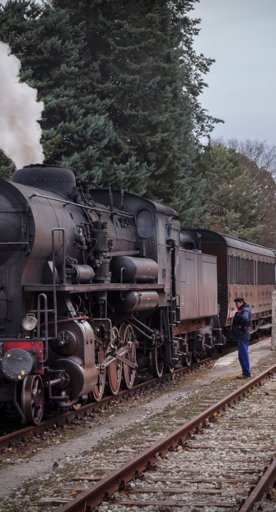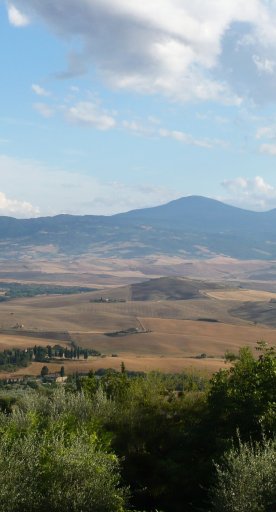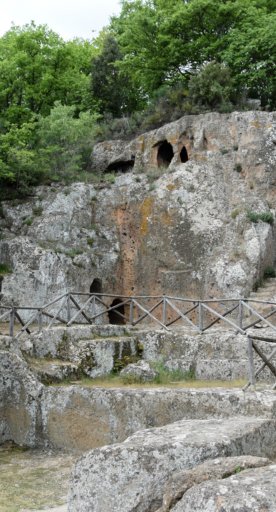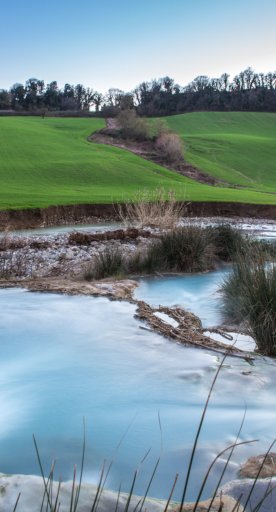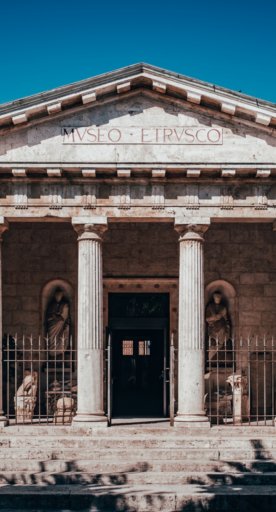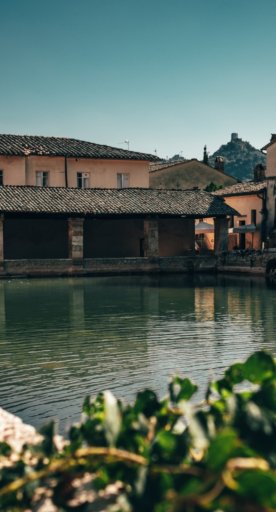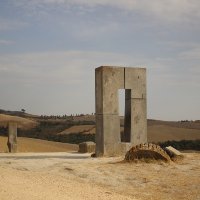
The Etruscans in Tuscany, top 5 museums
Tuscany is rich with Etruscan Museums that usually display items retrieved in nearby areas
Ever noticed the similarities between the words "Etruscan" and "Tuscan"? The Etruscans are the civilization that inhabited this area before the Romans basically wiped them out. The Etruscans tended to settle in hill towns, in areas rich in natural resources (especially metals). These independant city states - there were twelve of them - gathered in a League at Volterra. Most of these towns are in modern-day Tuscany (like Fiesole, Volterra, Cortona, Populonia), though some are over the border in Umbria (Orvieto, Perugia, and Todi) and Lazio (Tarquinia).
-
1.MAEC (Museo dell'Accademia Etrusca) - Cortona
-
2.Museo Archeologico Nazionale - Chiusi
-
3.Museo Archeologico "Francesco Nicosia" - Artimino
-
4.Museo Guarnacci - Volterra
-
5.The Civic Archeology Museum of Isidoro Falchi - Vetulonia
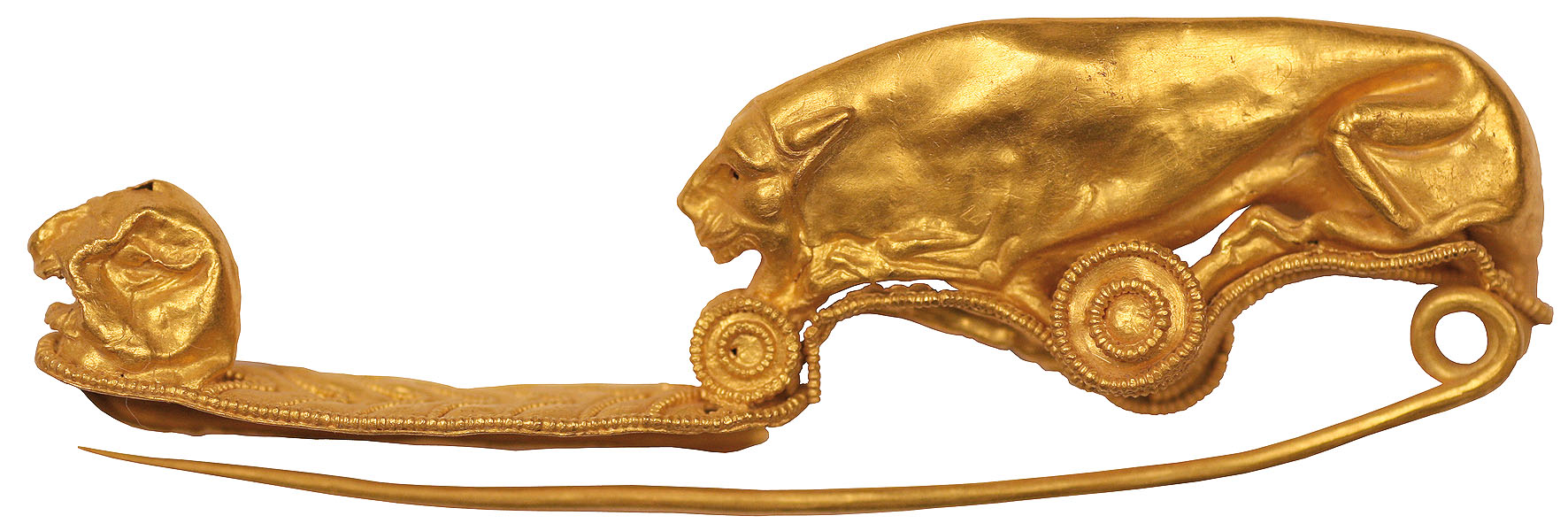
Suffice to say that we don't know very much about the Etruscans; what we do know is derived mostly from the remnants of their funerary practises, which tell us that they were artistically advanced but reveals little of their daily life. We do have various objects from Etruscan daily life, too, which gives us a sense of their eating and grooming habits. And where are all these objects? In Etruscan Museums of course. Tuscany is rich with Etruscan Museums of various sizes that usually display items retrieved in nearby areas. Here are the top 5:
MAEC (Museo dell'Accademia Etrusca) - Cortona
A very pleasant place and it's never very crowded. They have recently developed a modern display on the ground floor that has excellent educational texts in both English and Italian. Most important discoveries in the area: excavations from the nearby tomb at Sodo. Funniest item: the Ghirarium. This large terracotta pot was developed to breed doormice for eating. Yup, Etruscans ate mice and they also used rabbit blood in their hare sauce, according to Tuscanycious. Check out here the museum MAEC museum official link
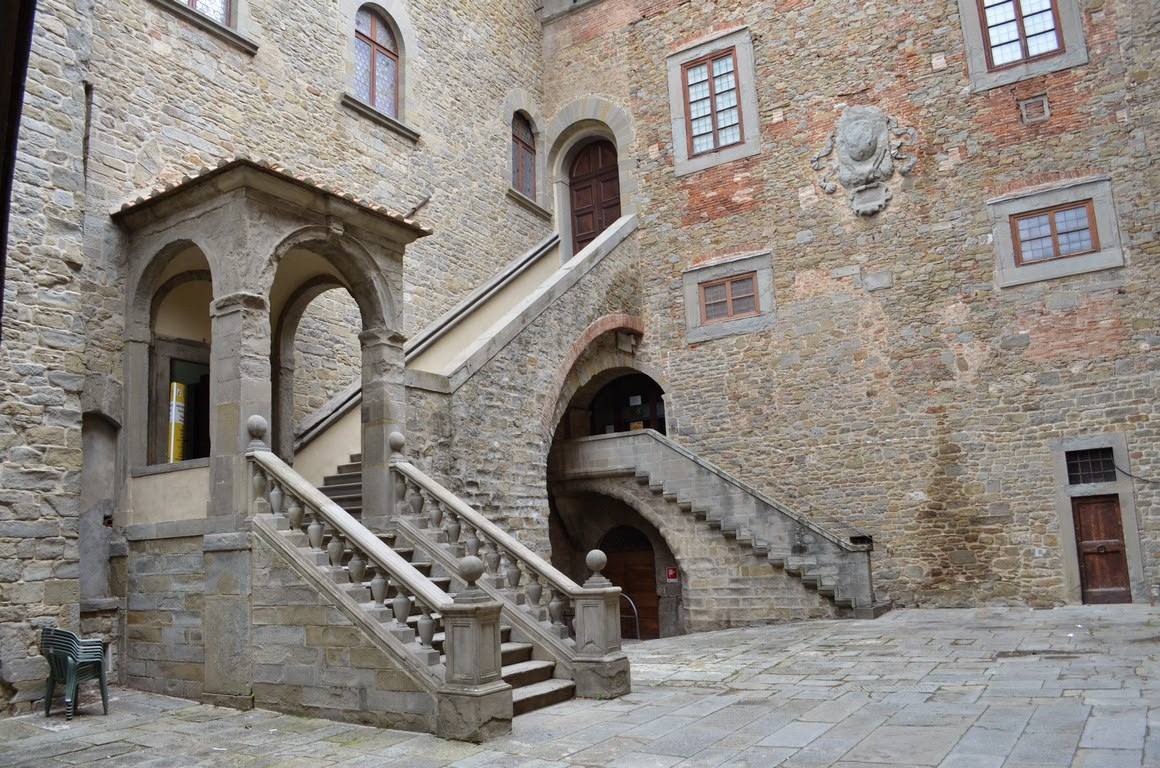
Museo Archeologico Nazionale - Chiusi
In Chiusi you can find a lovely museum and an Etruscan tomb nearby. The Etruscans of Chiusi made a particular kind of pottery called Bucchero ware that is very dark and imitates metal; of course the best collection of this ware is right here in Chiusi. Most important discoveries in the area: Tomba della Scimmia (tomb of the monkey), a tomb with wall paintings, visitable by appointment. Funniest item: by far the best object in Chiusi, if not in all museums of Tuscany, is the "Sella Caccatoia"; it is a terracotta potty that Etruscans used for their toddlers. They also own a real ghirarium (not a reconstruction), it's in the basement, don't miss it.
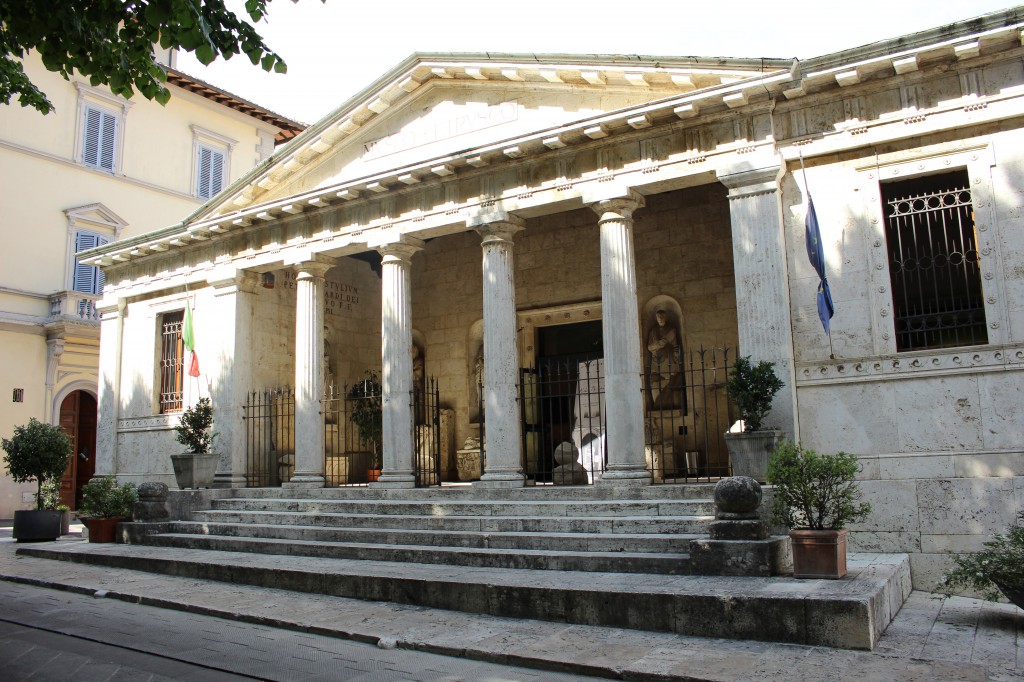
Museo Archeologico "Francesco Nicosia" - Artimino
Opened in 1983, the Museo Archeologico Artimino illustrates the history of the Etruscan city of Artimino and the surrounding area, displaying artifacts discovered primarily during fifty years of excavations.
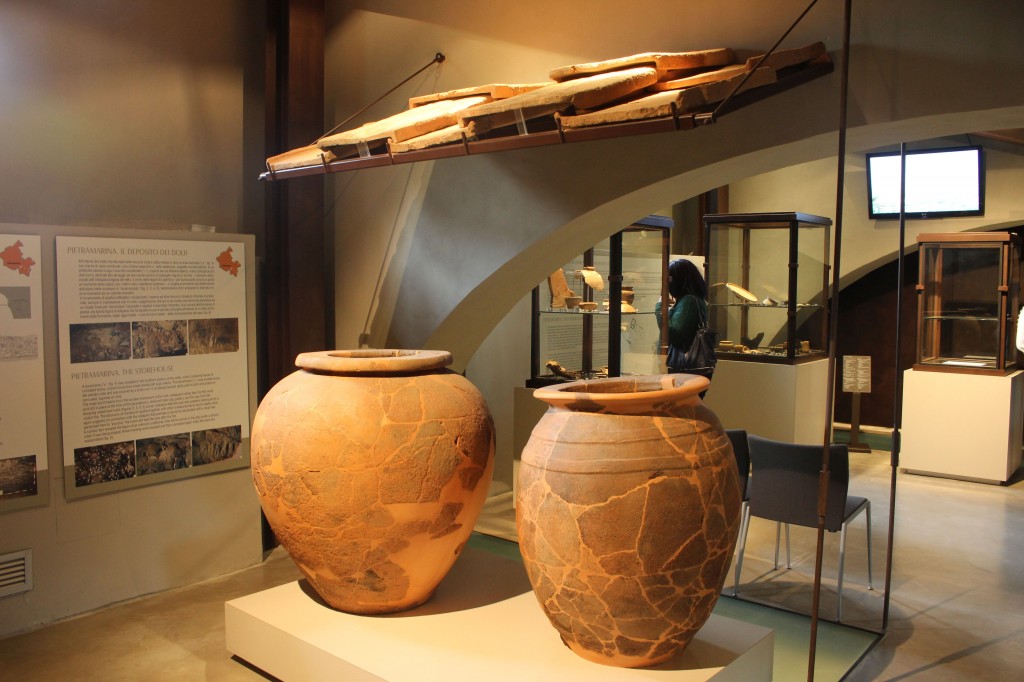
Museo Guarnacci - Volterra
Everyone loves Volterra right now thanks to New Moon, but before that, the Etruscans loved it thanks to its rich store of iron. The Guarnacci museum in Volterra, which originated as a private collection, has a very large number of small urns that are arranged on shelves that line every room.
Most important works: This museum contains two important works in totally different styles. The Ombra della Sera is a tall bronze shadow figure with a young boy's head; it may have been a fertility figure, thrust into the ground. The other piece to note is the terracotta funerary urn of a couple, Urna degli Sposi, that is highly detailed and doesn't miss a wrinkle. The Romans in fact didn't approve of the way that the Etruscans invited their wives to their drinking parties; the Etruscans were rather more egalitarian, as can be seen by this double funerary monument for a couple that has lived a long life together.

The Civic Archeology Museum of Isidoro Falchi - Vetulonia
The museum is named after Isidoro Falchi, an important archeologist who discovered the Etruscan city of Vetulonia in the 19th century. It contains a wealth of precious artifacts, and also holds an archive of documents on the various cultural phases of the ancient city.
There's more good stuff in Fiesole, Grossetto, and in other areas!
The original version of this article was written by Alexandra Korey
What’s nearby?


